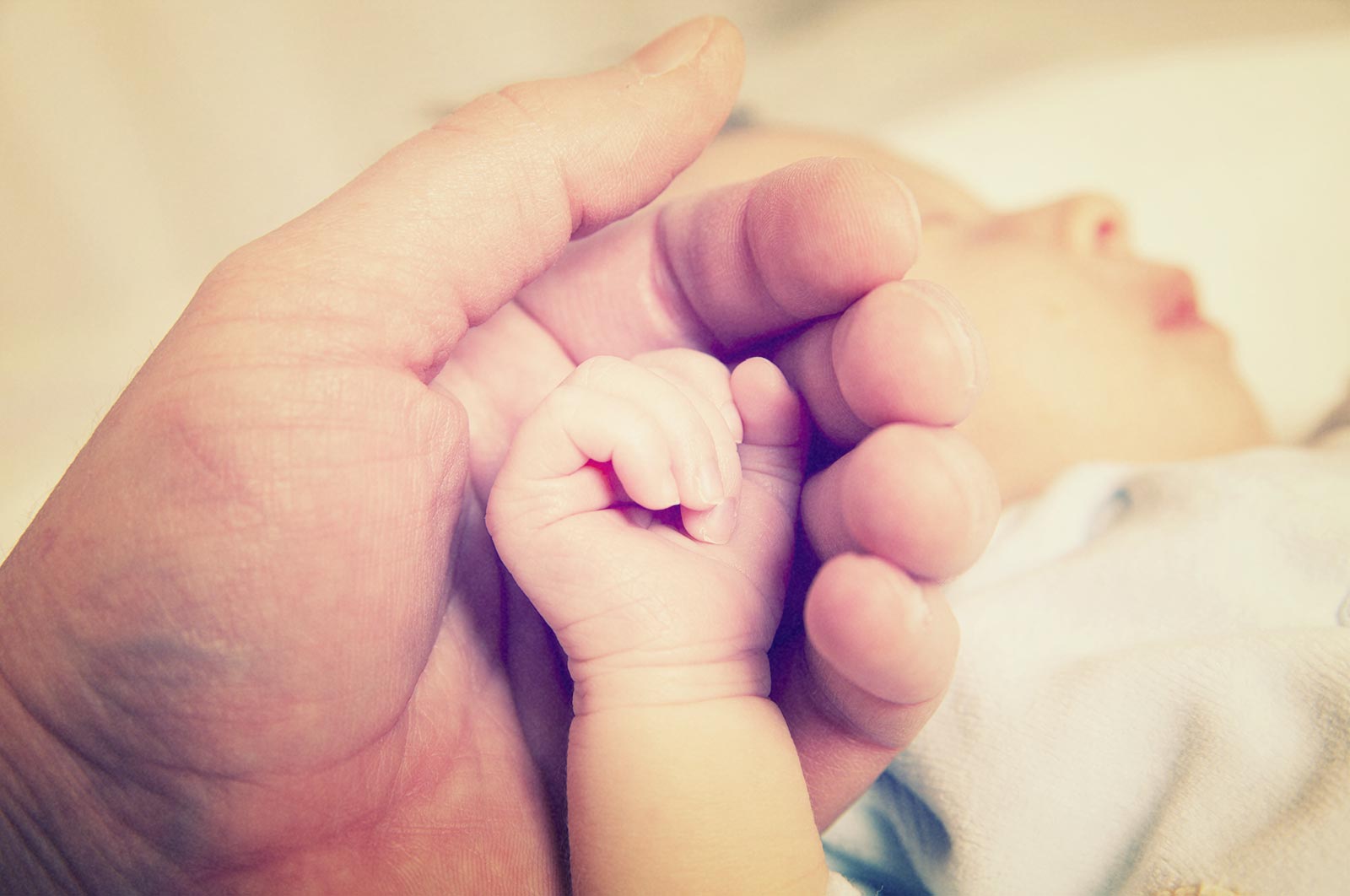
Chiesi has been deeply committed to Neonatology for over 30 years. Working alongside the medical community and investing in Neonatal Research & Development, Chiesi has the ultimate mission to offer innovative and effective treatment options to improve the level of care for preterm babies. Thanks to this continuous commitment and working towards the sharing of best clinical practices, Chiesi has become a global partner for neonatologists, bringing its life-saving medicinal products to nearly 100 countries worldwide.
Any child born before 37 weeks of pregnancy is considered to be premature. Thanks to the enormous progress in neonatology, which is a branch of paediatrics, even children who come into this world early now have a good chance of a healthy life.
Neonatal Respiratory Distress Syndrome (nRDS, or hyaline membrane disease) is a serious condition where a premature neonate’s lungs cannot provide the body with enough oxygen due to the immaturity of their lungs, causing breathing difficulties. nRDS often occurs when there isn't enough surfactant in the lungs, which is a substance made of proteins and fats that help to keep the lungs inflated and prevent parts of the lungs collapsing.1
A baby typically produces surfactant sometime between 24 – 28 weeks of pregnancy. A baby born prematurely may not have enough surfactant in their lungs1.
nRDS is a common complication of premature birth, affecting around 50% of babies born before 28 weeks and is usually treated in a neonatal intensive care unit (NICU)1 so that the premature baby can receive specialist care.
Although still a significant problem for preterm neonates, advances in the management of nRDS has resulted in improved survival for even the smallest infants. 2
APNOEA OF PREMATURITY (AoP) is defined as a pause of breathing for 20 seconds or longer, or a shorter pause followed by a slow heart rate, cyanosis or pallor3 This is often brought about by the immaturity of the respiratory system in the brain and is extremely common in preterm neonates4.
References
UK-CHI-2300267 May 2023